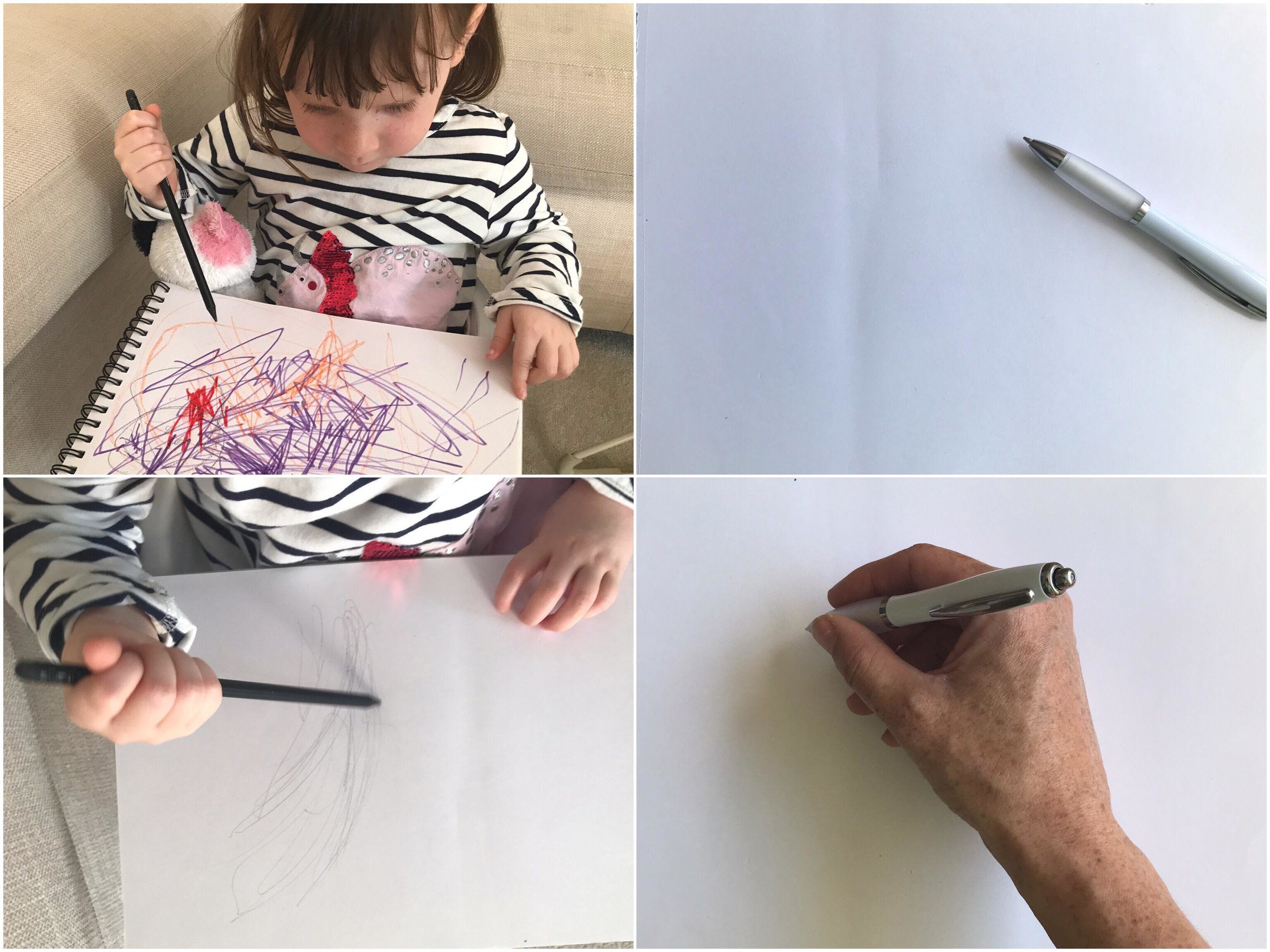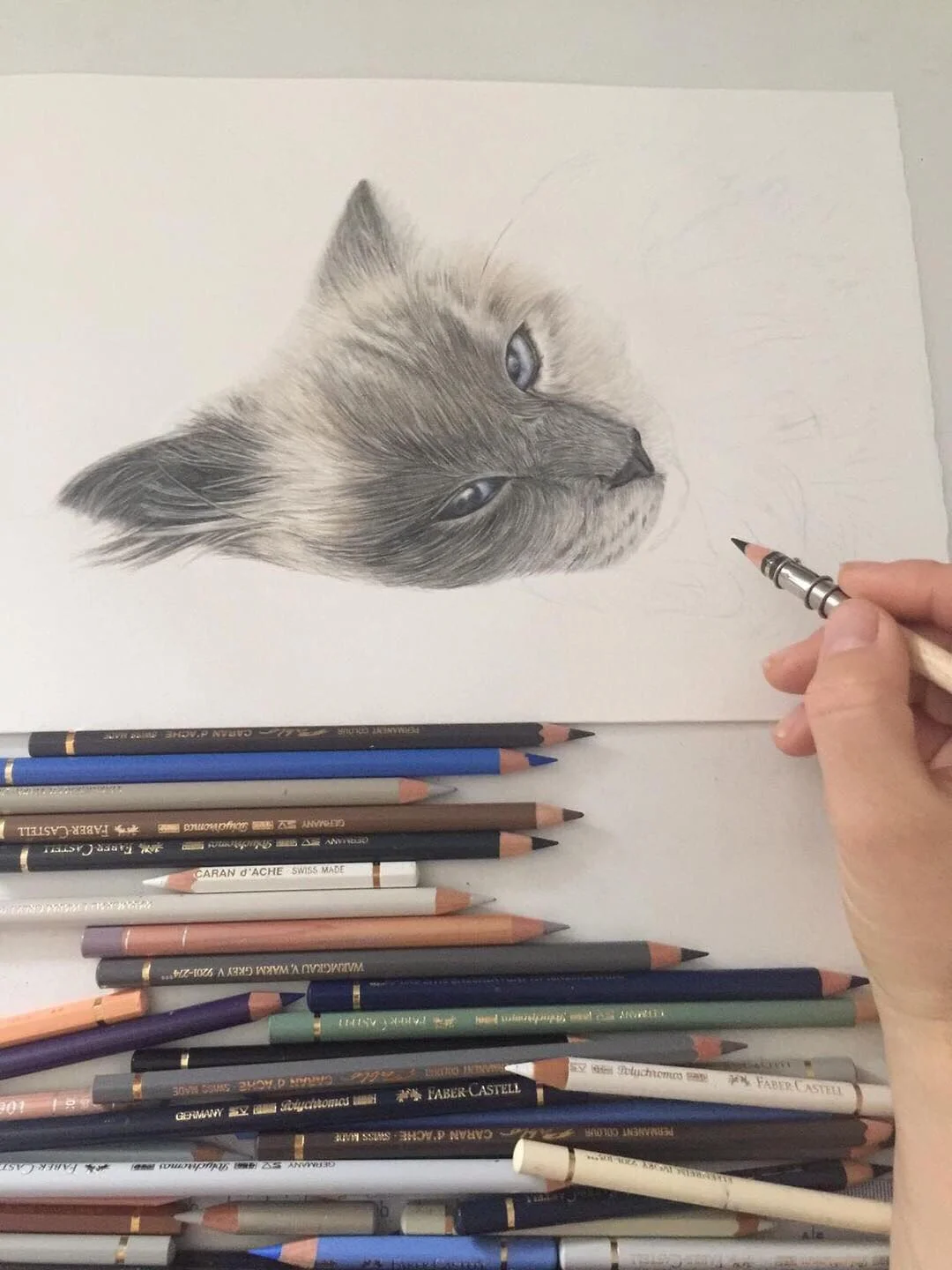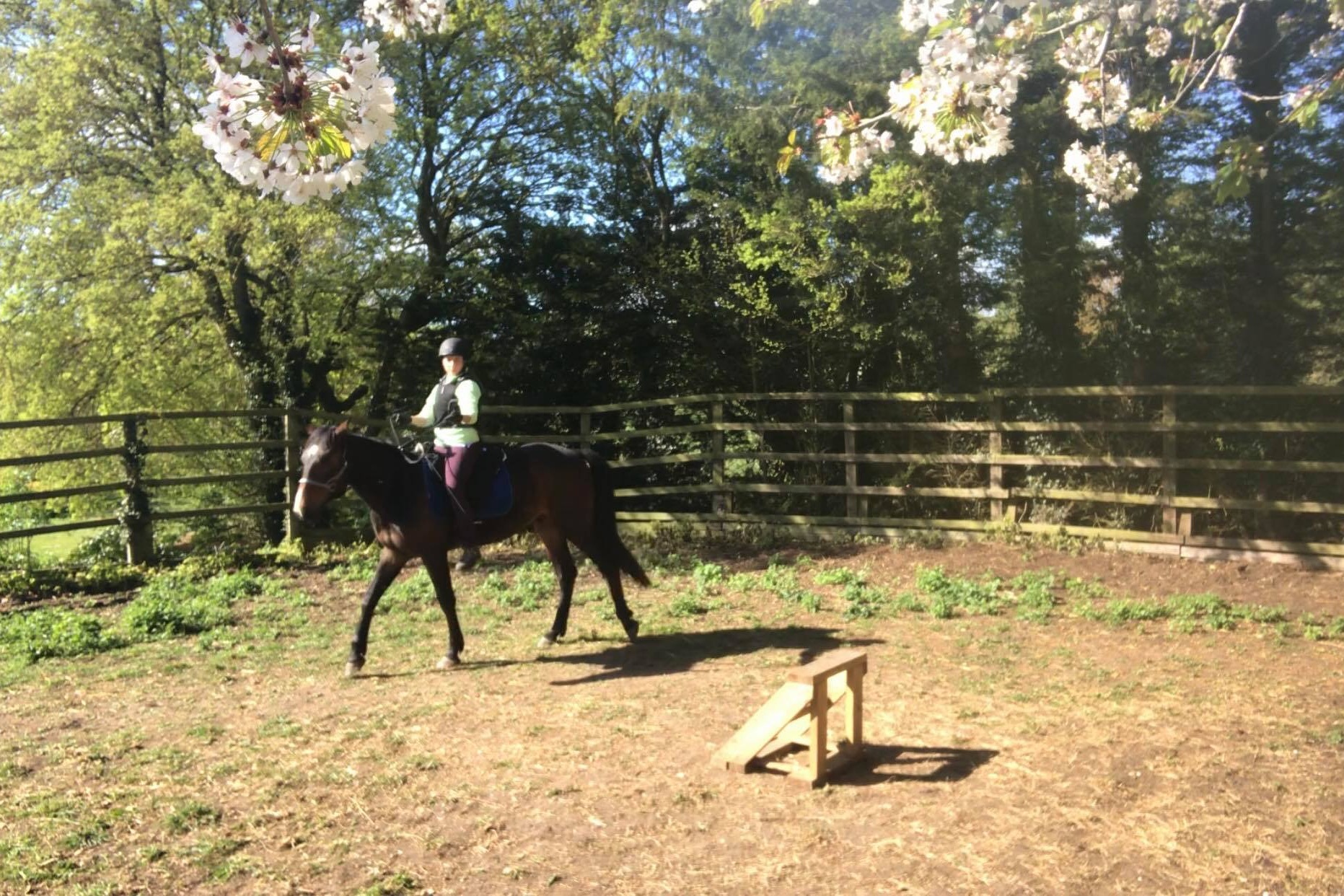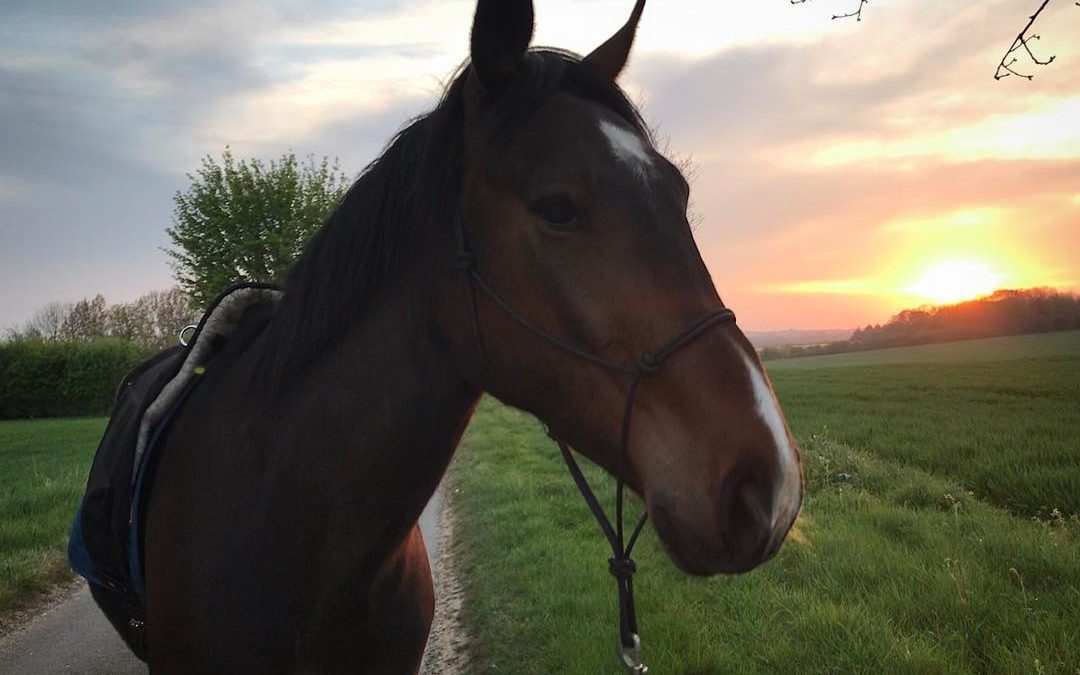Artist’s berets at the ready, if you please! Here is an analogy for you to think about…

A horse with prior training can already be a page of scribbles. Imagine a toddler with a crayon – gripping on tightly. Each scrawl is heavy and ingrained into the paper. Scribble upon scribble can be difficult to decipher; there is often no clarity and intention is lost. The same is for training. If the horse has been subjected to heavy hands, hyperactive legs, rider frustration and impatience, it can take alot of work to correct. It is our job, as the trainer, to make sense of the painted picture we are presented and to try to make sense of the scribbles, reorganising what is in front of us to become a piece of art.

In comparison, a horse with no prior training is very much a blank canvas. Imagine you hold a fine pen. You don’t want to grip that crayon with a fist, but to write and make shapes freely, with finesse and purpose. With every piece of training, every interaction and time put into your horse, you add to your canvas.
Too much force; push that pen too hard and the marks will last. Be mindful with your training.
 Artwork by Rebekah Leigh Marshall – www.rebekahleighmarshall.com
Artwork by Rebekah Leigh Marshall – www.rebekahleighmarshall.com
So when I go out and meet new clients, when I train a youngster or get to know a horse with issues, I look at what has been put in front of me. For the inexperienced horse, it is important to work with as little pressure as possible and ensure that training is carried out carefully and with the horse’s best interests in mind. I believe it is important to work at the horse’s pace – this includes stopping when the horse has finished and not just when the rider/handler wants to! For those with prior training, however good or bad, it can take a little longer for them to understand a new way of thinking with, quite often, less tension.
We learn from watching others – whether in the show ring, on social media, peers on the trail or other horse owners at a yard. We are watching and learning everywhere, all the time. Riders take home what they have seen and practice with their own horses. Here is where imitation can be a common occurrence. The horse doesn’t need force or coercion. The purpose of our teaching is to make sense of the “scribbles” which may already be present and to proceed with patience and consideration. For those with older horses or with previous training, what matters is how we move forward; is what you do for you or your horse?
Duke is my blank canvas – I try to avoid the dark lines and show him respect at all times. I one day aim to paint my own masterpiece; to be the best I can with my riding and horsemanship. I want to be able to look back on what I’ve achieved some day and say “that’s what I did”. The pictures my daughter draws are beautiful pieces of art for a child who knows nothing more. As she matures and becomes educated, her art will change. Some people are better than others at painting; a few are truly talented. Some people will never be educated. It is up to us to become the best we can be and to be considerate and fair to our equine partners.

“A horse forgives, but never forgets.”
